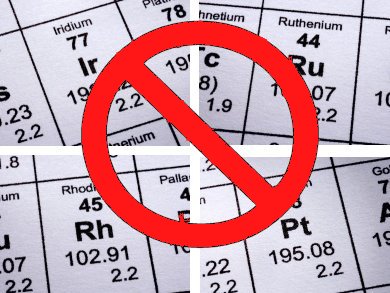A new design principle for finding fuel-cell catalysts could help researchers develop the necessary materials to preclude the need for expensive noble metals.
An international team has found a direct correlation between the oxygen reduction reaction (ORR) in a fuel cell and occupation of the σ* orbital in the metal oxide catalyst. ORR also correlated with B-site transition-metal–oxygen covalency. The finding could provide materials scientists with a blueprint for developing alternatives to platinum as the catalyst material for fuel cells and metal-air batteries, the researchers say.
The research essentially links material properties to catalytic activity and so could point to highly active and abundant transition-metal-oxide catalysts.
- Design principles for oxygen-reduction activity on perovskite oxide catalysts for fuel cells and metal–air batteries
J. Suntivich, H. A. Gasteiger, N. Yabuuchi, H. Nakanishi, J. B. Goodenough, Y. Shao-Horn,
Nature Chem. 2011.
DOI: 10.1038/nchem.1069




